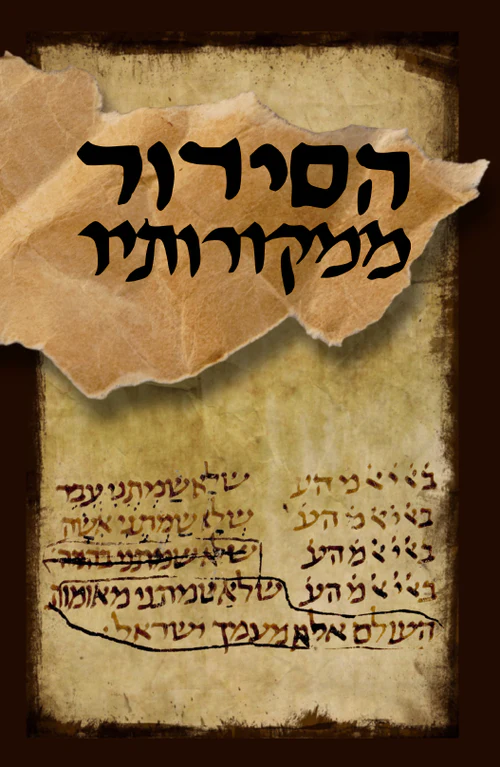The initial response to the Siddur has been fantastic. Thank you for all the support and the feedback.
- In ובנחה יאמר I mistakenly said that the first place השיבנו is mentioned is in the 16th century and had included the image from the Edvoy תכליאל. In fact, השיבנו is included earlier. The footnote now reads:
"תוספת הפסוק "קומה" בסידור מנהג אשכנז (כ"י פריס 641) המתוארך לסוף המאה ה-14. אמירת פסוקים "כי לקח טוב" ו"השיבנו" בסידור נוסח קנדיא כ"י לונדון Or. 9150 ממאה ה-14. "ובנחה" ו"השיבנו" גם בספר אור זרוע לדוד בן יהודה החסיד." - In Shir Shel Yom, I found instances of לכו נרננה being added in manuscripts of the Roma Prayer Rite in the 14th and 15th Century. The footnote now reads:
"מחזור מנהג רומה כ"י ירושלים 38-4281 משנת 1391 (אמנם היד אחרת מגוף המחזור), סדר מנהג רומה כ"י פארמה 2232 משנת 1475, ומחזור מנהג רומה כ"י אוקספורד Can. Or. 27 משנת 1481."
The last point is particularly interesting. While previously, I theorized that לכו נרננה was added as a way to start welcoming Shabbat on Wednesday (in line with the Gemara) following the custom of reciting לכו נרננה in Kabbalat Shabbat, now it would seem the opposite is possible. Could it be that the Mekubalim in Tzfat chose to start Kabbalat Shabbat with לכו נרננה because it was already used on Wednesday mornings as an addition to the Shir Shel Yom?

Leave a Reply